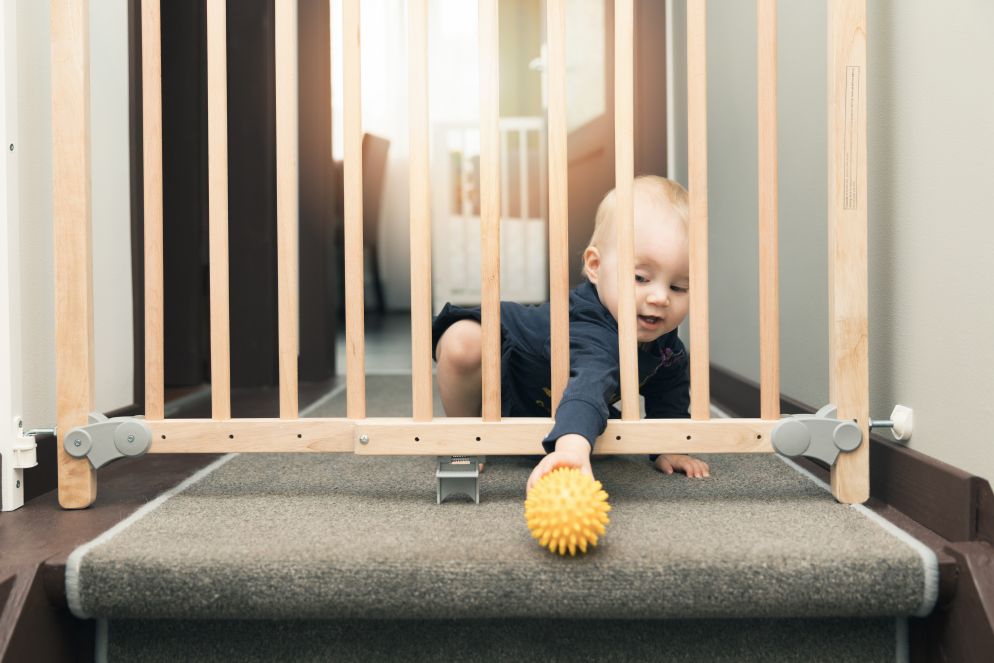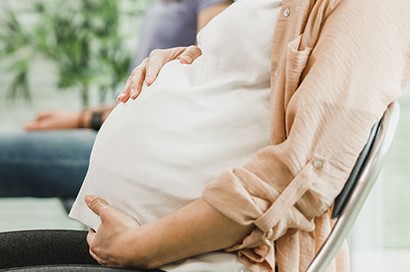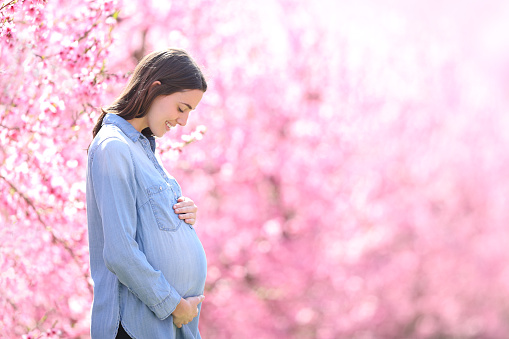When it comes to adoption, there’s no such thing as “normal.” Just ask Christina and Kevin Kindt. When they had a biological child, they were already parents to three other children: a five-year-old and three-year-old adopted as infants from foster care, and a one-year-old whose adoption from foster care was still in progress.
Though not the typical family, the Kindts are far from alone. According to the Evan B. Donaldson Adoption Institute, 2 percent of American children are adopted, which likely means adoption touches most families, schools and communities across the country.
Modern adoptive parents and adoptees won’t encounter many of the old stigmas and biases that used to besiege adoptions. Not long ago, “You’re adopted!” was the ultimate childhood insult, birth mothers were shamed into hiding the pregnancy and lying about the birth, and adoptive parents kept the matter a closely guarded family secret.
After being shrouded in silence and secrecy for most of its history, adoption is coming out of the shadows as it enters the mainstream, according to Adam Pertman, author of Adoption Nation: How the Adoption Revolution is Transforming our Families and America.
But would-be adoptive parents still face challenges. They must choose which type of adoption to pursue and figure out how to pay mounting fees and navigate the exploding world of online adoption information.
Out of the shadows
Today, only 5 percent of adoptions are “closed adoptions” in which the birth parents and adoptive parents have no contact and birth records are sealed. The 95 percent of the agencies that offer open adoptions allow for ongoing contact between the adoptive family and the birth parents.
That’s good news for everyone. Research from the Donaldson Institute shows that open adoptions are associated with greater satisfaction. Birth mothers who have ongoing contact with their children experience less grief and greater peace of mind and adoptees have access to their biological families and medical histories.
In international adoptions, ongoing contact between birth parents and adopted children can be harder to arrange due to logistics, language barriers, and a host of legal and other complications. But those, too, are slowly cracking open.
International adoptions
Those who dream of international adoption, like Lacey Yantis and Scott Blank who traveled to Ethiopia earlier this year to adopt their son Ermias, 1, face a number of hurdles. Among them is the choice of an adoption site from the dwindling list of countries open to U.S. adoptions. Under tighter regulations, the number of international adoptions is in decline. After an historic high of 22,884 in 2004, it fell to 12,753 in 2009.
Russia, one of the top countries for American parents, is now closed to U.S. adoptions, as is Guatemala, Haiti, Rwanda and Vietnam. China and Ethiopia have cut adoptions drastically and lengthened waiting times.
The waiting game adds costs as attorney and agency fees pile up. The Donaldson Institute reports costs of up to $25,000 for visas, documents and fees charged by the home country.
Yantis says her family’s adoption fees were between $25,000 and $30,000.
Domestic adoptions
Domestic adoptions can be relatively quick. Adoptive Families magazine says 34 percent of U.S. parents who adopt a newborn domestically were matched with a child within three months; 19 percent brought their baby home in four to six months.
Domestic adoptions can be private, through an attorney, adoption facilitator or agency, or public, through the foster-care system.
The Donaldson Institute estimates domestic-adoption costs for agency and private adoptions at $4,000 to $30,000. It’s a wide range that includes costs for home studies, post-adoption supervision, and court fees.
Newborn vs. older
Newborn adoptions through the foster system are relatively rare — only 2 percent of children adopted through the public system are newborns, according to the Donaldson Institute.
Thanks in part to federal incentives enacted during the Clinton administration, foster-care adoptions increased 40 percent between 1995–1998. By 2008, 55,000 children were adopted from foster care.
Foster-care adoptions aren’t as prohibitively expensive as other types of adoption — there are no agency fees, legal fees are often minimal and reimbursed by the state, and parents can claim the adoption tax credit (as can parents who adopt internationally or through an agency or attorney).
Build a family
Despite the obstacles, parents can follow their heart to build a family that’s uniquely their own. The Kindts may not be a cookie-cutter clan, but that doesn’t bother their happy children in the least. Instead, Elizabeth is puzzling over her new brother’s birth. “Adoption is so normal to her, that she’s trying to figure out why this baby doesn’t need to be adopted,” says Christina. “One day, she figured it out, though, and told everyone ‘Mommy grew a baby in her tummy. And he’s already adopted!’”
Malia Jacobson is a freelance writer.






